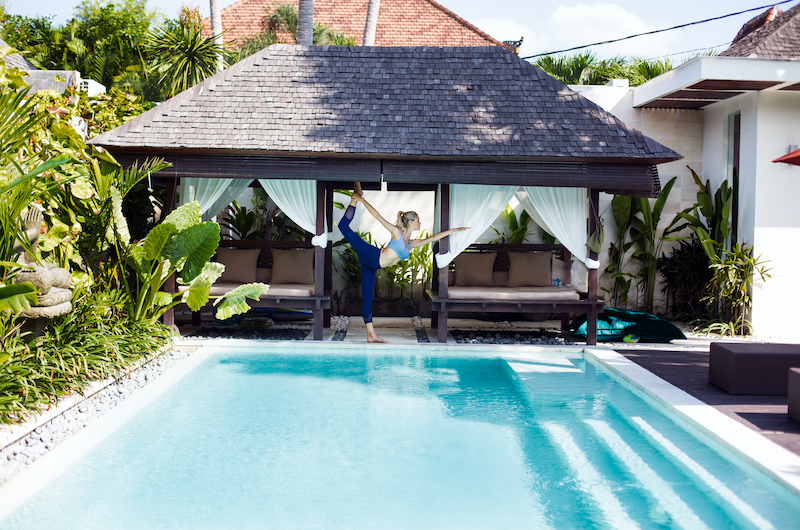Blog
The Cultural Richness Of Bali: A Journey Through Traditions, Art, And Spirituality
Bali, known as the “Island of the Gods,” is not just a tropical paradise but also a cultural treasure trove filled with ancient traditions, artistic expressions, and spiritual practices. The island’s unique blend of Hindu influences, local customs, and vibrant artistic heritage makes it one of the most culturally rich destinations in the world. Here’s a deep dive into what makes Balinese culture so extraordinary.
Unlike the rest of Indonesia, which is predominantly Muslim, Bali’s primary religion is Hinduism, but with a unique Balinese twist. Known as Agama Hindu Dharma, this form of Hinduism incorporates ancestor worship, animism, and indigenous beliefs, making it distinct from Indian Hinduism.
Key Cultural Practices:
- Daily Offerings (Canang Sari): Small baskets made of palm leaves, filled with flowers, rice, and incense, are placed at temples, doorsteps, and streets as daily offerings to the gods.
- Ceremonies and Rituals: Life in Bali revolves around an endless cycle of ceremonies, from birth to death, including Odalan (temple anniversaries), Ngaben (cremation ceremonies), and Melasti (purification rituals at the beach).
- Sacred Temples: Temples like Pura Besakih (Mother Temple), Tanah Lot, and Uluwatu are not just tourist attractions but serve as spiritual centers for prayers and offerings.
Balinese performing arts are deeply connected to spirituality and storytelling. The island is home to some of the most visually stunning and expressive dances, accompanied by the Gamelan orchestra, a traditional ensemble of percussive instruments.
Must-See Balinese Performances:
- Barong and Rangda Dance: A dramatic performance depicting the battle between good (Barong, the lion-like creature) and evil (Rangda, the witch queen).
- Legong Dance: An elegant and highly detailed dance performed by young girls, characterized by intricate hand movements and eye expressions.
- Kecak Fire Dance: A mesmerizing performance at Uluwatu Temple, where a group of men chant “cak-cak-cak” in rhythmic harmony, telling the story of the Ramayana epic.
Bali is a haven for artisans who have passed down their crafts for generations. Whether it’s intricate carvings, textiles, or paintings, the island’s artistic scene is truly exceptional.
Popular Balinese Art Forms:
- Wood and Stone Carvings: Villages like Mas specialize in finely detailed woodcarvings, while Batubulan is known for its stone sculptures of deities and mythological figures.
- Batik and Ikat Weaving: Traditional textile-making methods involve dyeing and weaving beautiful patterns into cloth, creating intricate sarongs and ceremonial attire.
- Balinese Paintings: Ubud is the artistic heart of Bali, home to many galleries showcasing traditional Kamasan-style paintings and contemporary Balinese art.
Balinese architecture is a harmonious blend of spiritual beliefs, nature, and aesthetics. The principles of Tri Hita Karana, which promote balance between humans, nature, and the divine, influence every aspect of Balinese buildings.
Iconic Architectural Elements:
- Traditional Balinese Homes: Built in accordance with Asta Kosala Kosali, a set of sacred rules dictating layout and orientation.
- Open-Air Pavilions (Bale): A distinct feature of Balinese homes and temples, designed for communal gatherings and meditation.
- Meru (Multi-Tiered Shrines): These towering pagoda-like structures, found in temples like Pura Ulun Danu Bratan, symbolize Mount Meru, the sacred axis of the universe.
Food is an integral part of Balinese culture, deeply tied to religious ceremonies and daily life. Local dishes are known for their aromatic spices, fresh herbs, and slow-cooked flavors.
Must-Try Balinese Dishes:
- Babi Guling: A famous dish of roast suckling pig, often served at celebrations and ceremonies.
- Bebek Betutu: Slow-cooked duck wrapped in banana leaves with rich spices.
- Lawar: A traditional mix of minced meat, grated coconut, and local spices, often served with rice.
- Jaje Bali (Balinese Sweets): Colorful rice cakes and desserts made from palm sugar, coconut, and sticky rice, often used as offerings in temples.
Have a question?
Contact Us
Testimonials
Our Clients Reviews
Recommended on
“Best place I have ever stayed at and I travel 300 days per year over the past 15 years.”



